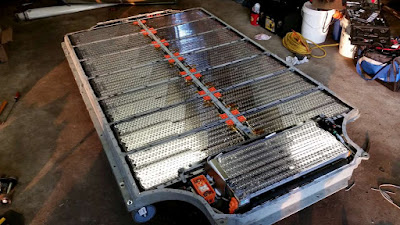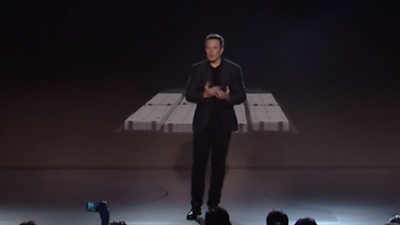MikeDog77
Member
I think the lack of 100kWh option for the M3 is more marketing and psychological than it is technical. Tesla has to do a tough job of making the M3 an affordable and attractive car but at the same time keep the Model S as a more attractive option for people that can afford it. I think one easy way to do that is to limit the kWh. As we know there is a LOT more to the car than kWh but it has already begun to have the effect as a CPU speed did for early computers. People sometimes only get caught up on numbers because its easier to compare numbers than it is model names. I would hope that the top end M3 would be able to go 280-310 miles on a full charge. If they can do this with say a 85 kWh battery option than no need to go to 100.
That is just my opinion of how I see it.
That is just my opinion of how I see it.




